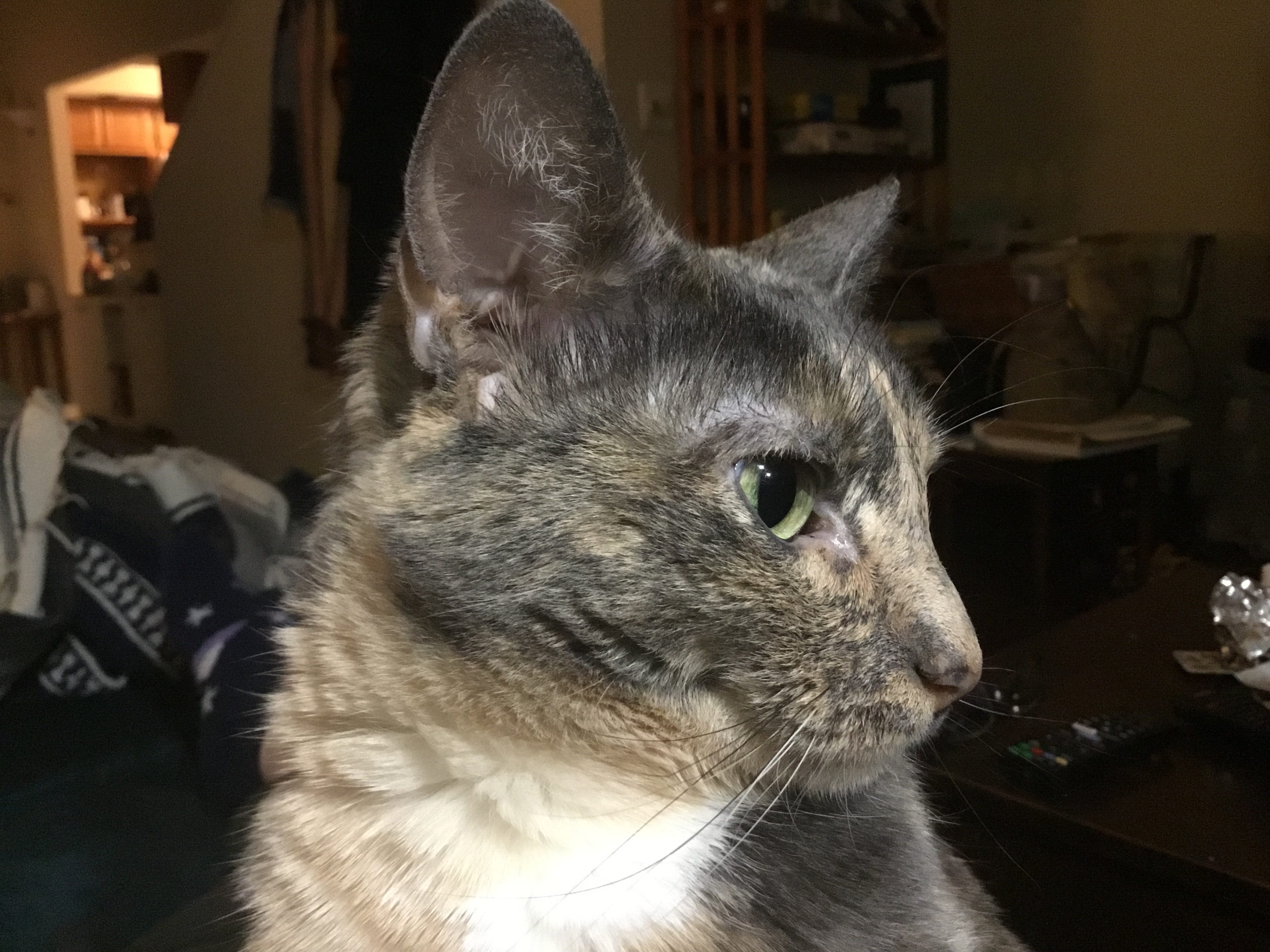I think a mask is your best option. If you’re trying to prevent against other people’s illness, you probably need an N95 mask, something that seals around your mouth and nose. A surgical type mask is more to control the droplets and spread of illness coming from you.
“What’s the best pull out technique for avoiding pregnancy?”
‘Rubber up!’
(No no you are right 🙂)
Perfect🤣
As everyone else is saying, wear a mask if you have one.
But it seems like the question you’re directly asking is more about the fluid flow of air in the room. With your suggestion of alternating short/long breaths, you might be imagining that you can blow the germs away and then breathe in the clear space left behind, but of course it doesn’t work that way. Blowing or breathing quickly creates more turbulence, which stirs up the air and sucks in more air from further away—both of which increase your risk. (Reducing turbulence from your breath is the second function of a mask, besides filtering out particles.) In the best-case scenario, the germs are in large aerosolized droplets which will settle out of the air quickly, but only if the air is still—so you’d want to breathe softly and move as little as possible. (And the droplets can still be infectious after they fall, so wash your hands after touching anything as well.)
Thank you for addressing my question. I’m aware of masks, lol. Any idea about nose vs. mouth breathing? Nose hairs filter some stuff, but then these aerosolized droplets are in my nose, so maybe that’s worse?
Regarding short vs long breaths, I was kind of wondering if short breaths might limit how much virus material was inhaled. Restricting oxygen flow might be better if the exposure was short term.
But since there’s overwhelming evidence masks work and will prevent (most likely) what you want to prevent…why even try something else? Unless you have a condition that prevents it, in which case, I’m sorry and shouldn’t assume you can wear one.
Because I don’t always have an N95 mask on my person? Because I can’t always 100% control my environment, but I can almost always exercise some control over how I breathe?
I guess that’s fair.
I’ve just adapted to always having a mask on my person. In a pocket or bag.
But if there is some sort of breathing technique that works (other than not breathing, but sort of doubt) go for it.
I just wanted to state my opinion and I guess my problem solving technique (the easiest and most effective/reliable option is usually best) but everyone has their own, and I understand that.
But if there is some sort of breathing technique that works
The purpose of this post was to try to find an answer to this question
Yeah whenever someone near me coughs or sneezes I hold my breath and exhale until I’m past them, maybe it’s not effective I’m not sure but it makes me feel better than breathing in air full of sneeze particles
It is effective, since you avoid breathing in the by far most concentrated aerosol.
I do this and always thought i would be exaggerating. Also, it’s pretty automatic, someone sneezes, i stop breathing until a few steps away.
Here’s a very technical paper that studied nose vs mouth vs combined nose-and-mouth breathing:
https://www.ncbi.nlm.nih.gov/pmc/articles/PMC7455204/
I confess it was over my head and I just skimmed it. But the conclusion says, “The high filtration efficiency of the nasal cavity together with its efficient clearance mechanisms lead to the recommendation to prefer the nose breathing over combined or mouth breathing.”
The conclusion also says, “There is general scientific agreement that lower airways are more vulnerable to severe infections” and “From this point of view, the nasal inhalation is preferential because it significantly reduces the number of particles penetrating to lower airways.” I’d guess that means that shallow breaths are probably preferable, but you’d need to read the article to confirm that.
Breathe in through your eyes and breathe out through your ass.
I think it’s opposite of that for runny noses.
Instructions unclear, need new underwear now.
I remember learning in school that breathing through the nose is healthier than through the mouth because your nose is capable of filtering the air to some extent, some particles are going to get stuck in your nose rather than travelling further inside your body.
Wear a mask and GTFO when you can. If it’s an airplane you can’t really do anything but hope and be extra cautious not to touch your face (a mask can help with this)… if it’s a bus or something then just GTFO unless it’s really low frequency and catch the next.
Knowing the type of area would help.
if someone coughs or sneezes in the same room as you, hold your breathe for 10-15 seconds if you can. some airbornes are floating around even longer than that but its something.
True for someone flushing when you’re in the office bathroom too?
I typically will just hold my breath (I can do that for several minutes thanks to all the freediving I used to do) and then when I’m clear of them I’ll start breathing again. If you absolutely cannot do that for whatever reason, your nose has these little hairs that will trap some of the germs like a filter.
When someones sneezes or coughs it’ll produce an aerosol similar to spraying Febreze in one direction, the larger droplets reaching approximately 6 feet/2 meters. It’ll be more concentrated in the direction they coughed or sneezed, and most concentrated right next to them. This can be affected by wind, so try to avoid standing directly downwind of someone who is coughing or sneezing.
Taking shorter breaths would mean less contaminated air is entering your body per breath (and less CO2 is leaving) but you also need that air and also to remove CO2, so after a while your body would start to make you breathe faster or deeper to compensate. Of course, shallow breathing or not wouldn’t matter as much as wearing a mask will.
You could use the usual face mask and a nose spray with carragelose.
Absorb oxygen through your moist skin.
But really, an n95 will reduce the risk of you catching anything by a lot. Also wash your hands frequently.
Wow, thank you! This is by far the most helpful answer. I will take a stab at grokking this paper.
I think you’ll be better off not standing downwind from them to get the least contaminated air from their direction. I’m not sure if short breathes will work because that will just make you inhale more often. My completely non-scienctific take would be to stand behind them and/or avoid standing downwind, then take a breath and hold it as long as you can, before slowly exhaling; then repeat the process until you can get out of there.
deleted by creator
There are also nasal sprays that are supposed to aid in the blocking of respiratory viruses. Pair that with a mask. Breath as slowly as possible (no gasps, laughs, or yawns) and only through your nose.





